This keeps happening to me. I like Benromach well enough, especially the Imperial Proof 10 year-old, I love peated Islay whiskies, and I’m a fan of the lightly-peated (10-12 ppm) style used across all of Benromach’s other malts. So, when presented with a glass of the “Peat Smoke” release from the distillery’s “Contrasts” series, I was enthusiastic. However, just like The BenRiach Curiositas (which, on paper, I should love) and anything from Ledaig, I just cannot get behind the character of malt smoked with mainland peat.
The differences are obvious: Island (and Islay) whisky is made from malted barley smoked over fires of peat dug from ocean-adjacent peat bogs, often full of seaweed or beach grasses and continuously sprayed by seawater-laden winds. The effect of that peat is complex, funky, salty, medicinal, and downright bracing. Mainland peat, however, is composed of Highland grasses and shrubs. When barley is smoked with this peat, it becomes infused with the smells of a woodland campfire – slightly piney, but mostly one-dimensional woodsmoke. Whiskies made from this malt tend (in my opinion) towards extreme dryness, non-complexity (not a word, I know), and anemic sparseness. I just don’t like them.
I guess what I’m trying to say is that I didn’t like Benromach Peat Smoke… but you might! Don’t take my word for it, especially if you’ve ever enjoyed a peated malt from a mainland distillery. Maybe I’m just unjustly prejudiced against non-Island peat.
That stats are right-on, though. The Peat Smoke release is made from barley smoked to 67 ppm (that’s pretty high: Ardbeg is 55 ppm (except Supernova at 100 ppm) and Bruichladdich Octomore, the highest, is in the 160s) and is aged in first-fill ex-Bourbon casks (from Heaven Hill and/or Jim Beam) for between 9 and 10 years, although the bottle carries no age statement. The whisky is bottled at 46% ABV with no added color.
I was able to taste the Benromach Peat Smoke along with their standard lineup at a recent tasting event in Redwood City, CA.
Nose: Woodsmoke (smoldering campfire), vanilla, and light oak. Somewhat anemic, and very dry.
Palate: Black pepper and a lot more smoldering campfire.
Finish: A fading, slightly bitter, reprise of the vanilla-and-smoke motif.
With Water: A few drops of water add some floral notes – like white tea – which are quickly voided by the smokiness.
Overall: Not a fan. As with Curiositas and a few other malts I’ve tasted that were peated with Highland peat, I found it anemic, dry, and too simplistic. Especially at around $60, I’d much rather have just about anything from Islay, especially something full-flavored AND subtle, like Kilchoman Machir Bay.


About The Distillery
The Benromach distillery has a rocky history of lengthy closures and juggling ownership since its construction in 1898, but is now in the steady hands of independent bottlers Gordon & MacPhail. The new owners refurbished the distillery and began producing malt in earnest in 1998, and are now bringing a line of official bottlings to market. The distillery uses water from a spring in the Romach Hills, and proudly claims to use only first-fill barrels for aging whisky.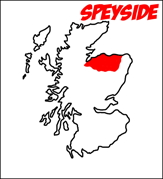


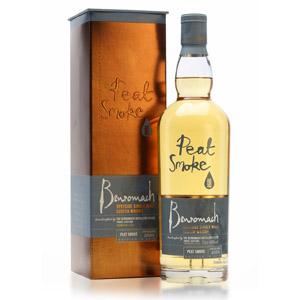
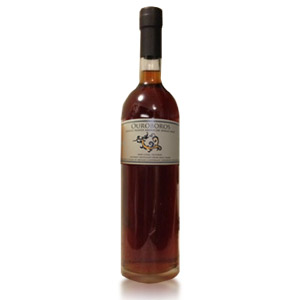
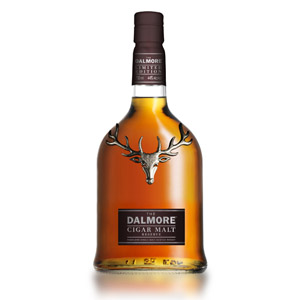


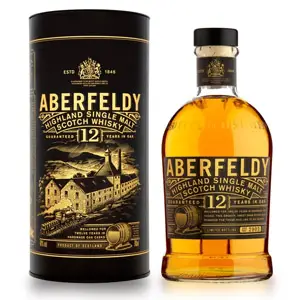
Just out of curiosity do you know he ppm for Laphroaig 10?
I’ve read everywhere from 35 ppm to 50 ppm. The numbers aren’t exact, as the measured ppm of the malt goes down during distillation. Also, Laphraoig floor-malts some of its own barley, which gets a higher ppm than the malt it orders from the maltings at Port Ellen.
Thanks for the info. I usually don’t pay atttention to numbers, I just drink what tastes good to me. I was actually drinking an Ardbeg 10 while reading this post and then it made me wonder about the Laphroaig. Thanks again and keep up the good work!
What’s the source of info on where the peat comes from?
I mean, it stands to reason that malt from Port Ellen would be peated with Islay peat, and malt from mainland maltings would be peated with mainland peat—but who knows in today’s commercial whisky industry?
The question especially occurs to me as I think about how Bruichladdich’s story on Octomore is always that Port Ellen couldn’t (or wouldn’t?) peat the malt as high as they wanted it, so they have to get it from Bairds Malting in Inverness. At least according to the following page direct from Bruichladdich, there’s no word on Bairds using peat specially brought in from Islay. So presumably Octomore is NOT made with Islay peat—and yet, nobody every says that Octomore doesn’t taste “Islay” enough, like they say about peaters from the likes of Benromach and Benriach.
https://www.bruichladdich.com/article/how-octomore-so-peaty
Good thoughts! I have no idea where the peat for Benromach comes from. I have been told in the past that peat from Port Ellen is always from Islay (if nothing else, that would be the nearest and cheapest source). Also, keep in mind that the water used to mash the grains and to water-down the whisky to bottling strength is the same (“process water”) and in many cases is from natural springs running through peat bogs. This has an effect on the peat level (and peat character) of a finished whisky as well. I would hazard a guess that Octomore is either SO peated that you can’t tell where it came from, or is influenced by the process water.
I’ve never heard of mainland distilleries importing malt (or peat) from Islay, but it’s certainly possible. It could also be that the more-delicate structure of some mainland malts doesn’t lend itself as well to the weight of Islay peat, resulting in the forgettable whiskies we sometimes see on the market.
I suspect it’s all confirmation bias.
People expect mainland peaters to taste different, so that’s what they find.
Just like people expect Kilchoman to taste “good despite its youth,” so that’s what they find. And they expect Octomore to taste “insanely peaty,” so that’s what they find. And they expect unpeated whisky from Bruichladdich and Bunnahabhain to taste a little “Islayish” (peaty), so that’s what they find.
I second this observation regarding confirmation bias amongst whisky commenters who tend to follow an online herd mentality in recent years. I think the author of this blog suffers it to a great degree too. It’s also very common in my area of medical research/practice.
I have batch #4 of Benromach Peat Smoke (35ppm) in my cabinet and I love it! It’s an anti-islay peated whisky. Not a heavy, earthy, medicinal whisky, like Islay wholly trinity (which I like a lot), but light, fruity, peaty, sweet, peppery. Apples and smoke mix quite well on BBQ ?. It develops in open bottle really nice, but as Romas said De gustibus et coloribus non est disputandum
If you don’t like the medicinal, meaty, standard of smokey Islay whisky you’ll love this one. It’s a complex oily sweet campfire in your mouth with a bit of spice. I have the 2006/2016 and will return ASAP to buy another.